Julie Bargmann, a Charlottesville, Virginia-based landscape architect and educator whose metamorphic projects, both conceptual and realized, redeem the seemingly irredeemable and give new life to long-moribund sites, has been named the inaugural laureate of the Cornelia Hahn Oberlander International Landscape Architecture Prize.
Established by the Washington, D.C.-based Cultural Landscape Foundation (TCLF) in August 2019 after several years of behind-the-scenes work, the biennial Oberlander Prize recognizes practitioners who are “exceptionally talented, creative, courageous, and visionary” and who have “a significant body of built work that exemplifies the art of landscape architecture.” The namesake of the prize is trailblazing Canadian landscape architect Cornelia Hahn Oberlander. The German-born, Vancouver-based Oberlander was 98 years old when it was announced that the first-of-its-kind prize, which comes with a $100,000 award and two years of public engagement activities, would carry her name. A little over two years later, the prize will be bestowed to fellow visionary Bargmann in the physical absence of Oberlander. The prize’s “North Star” passed away a few short weeks ahead of her 100th birthday in May 22 of this year.
In its citation, the Oberlander Prize jury hailed Bargmann, who has served as professor of Landscape Architecture at the University of Virginia since 1995, as being “hugely important as a catalyst for other, younger landscape architects” who “embodies an activist approach to practice, seeking out opportunities, challenges, even intractable problems.”
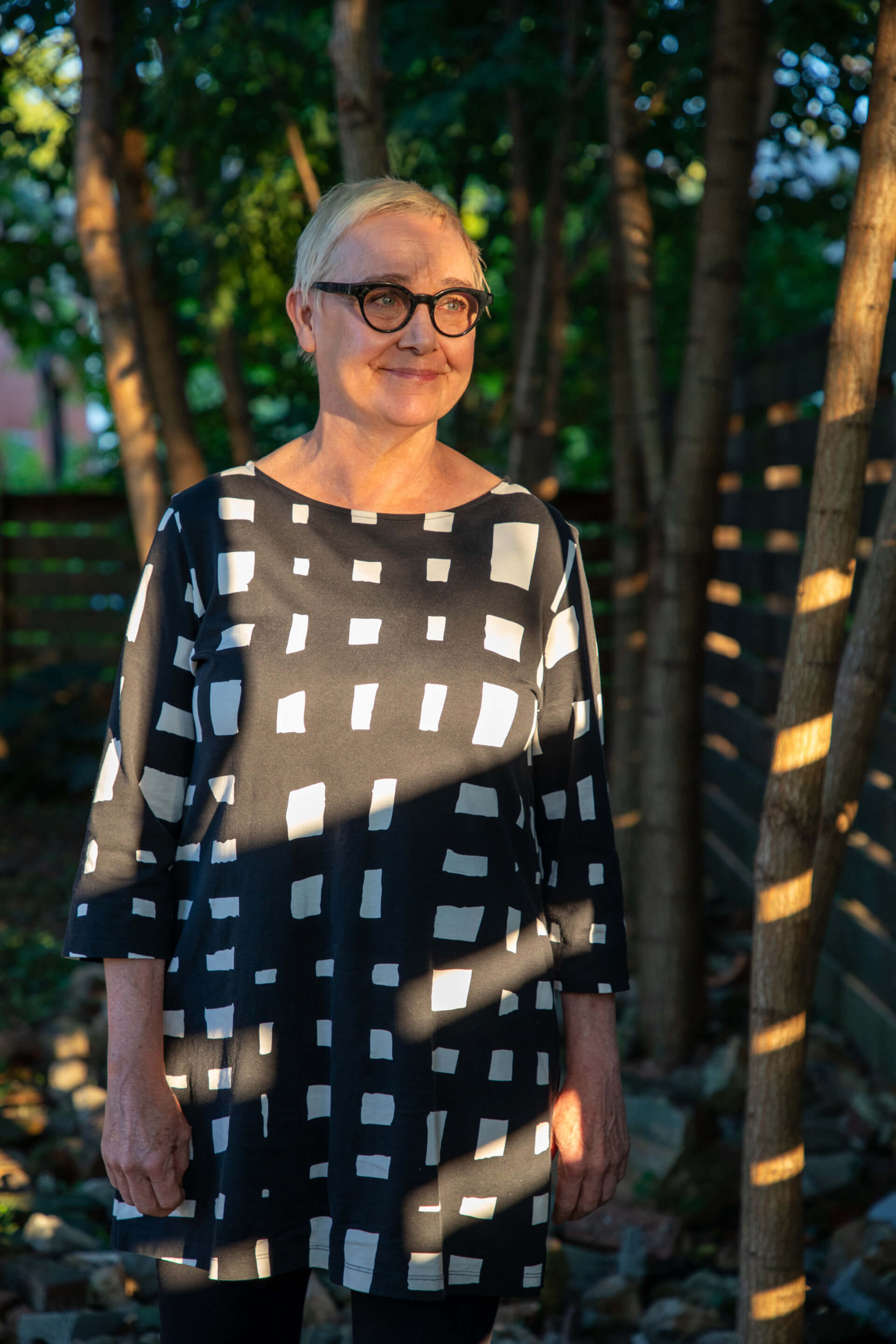
“She has been a provocateur, a critical practitioner, and a public intellectual,” the citation continued. “She embodies the kind of activism required of landscape architects in an era of severe environmental challenges and persistent social inequities.”
Chaired by Dorothée Imbert, the seven-person Oberlander Prize jury also included Tatiana Bilbao, Walter Hood, Gina Ford, Teresa Gali-Izard, Michel Desvigne, and Aki Omi. The initial pool of potential jurors was developed by the independent Oberlander Prize Advisory Committee, chaired by Elizabeth K. Meyer, with selected jury members invited to participate in the process by Oberlander Prize curator John Beardsley. The jury convened virtually several times throughout the summer to select the winner of the inaugural prize.
“We couldn’t be more pleased with the jury’s selection of Julie Bargmann as the inaugural Oberlander Prize laureate,” Charles A. Birnbaum, founder, president, and CEO of TCLF, told AN. “As an organization focused on education and advocacy, the jury’s selection of such a courageous and fearless individual who inspires all of us—from mayors and professionals to students and neighbors—to take a stand and make a difference is essential to informing present-day design and stewardship decisions.”
“Julie is a storyteller with an extraordinary ability to connect people with sites that are abandoned, forgotten, and even toxic by revealing and making visible their environmental and cultural histories; this is foundational to her trailblazing and inspiring work” added Birnbaum, who served as ex officio member of the Oberlander Prize Advisory Committee.
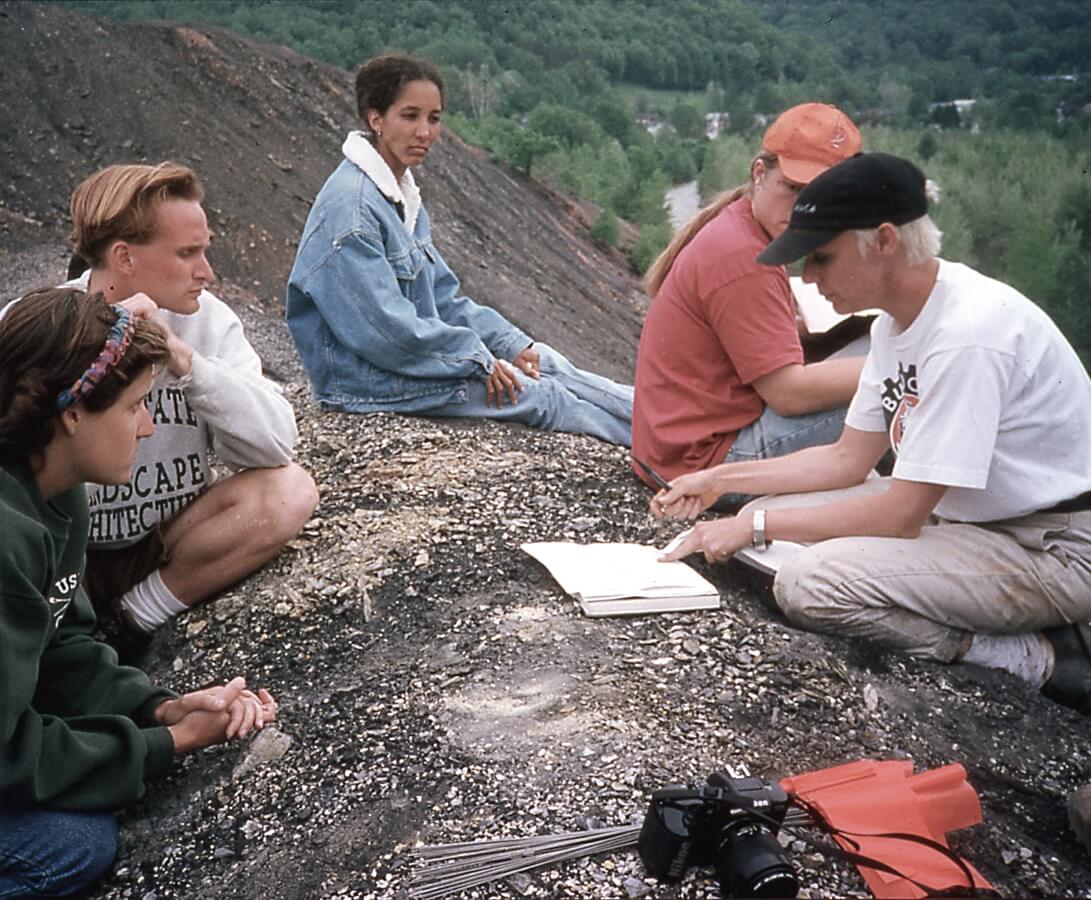
A native of Bergen County, New Jersey, Bargmann attended Carnegie Mellon University, where she pursued a fine arts degree in sculpture. Next came the Harvard Graduate School of Design, where Bargmann earned a Master in Landscape Architecture in 1987. While at GSD, Bargmann worked at Michael Van Valkenburgh’s then-fledgling firm. After graduating, Bargmann went on to work with Van Valkenburgh twice more. In 1990, she was named as a Fellow of the American Academy in Rome for Landscape Architecture. Two years later, in 1992, she founded D.I.R.T. (“Dump It Right There”) studio, a self-described “critical, design research-based practice driven by a love for the landscape, a concern for marginalized communities, research into eco-technologies, investigation of site histories, and an obsession with urban regeneration.”
D.I.R.T. studio, now located in Charlottesville, is the natural successor to Project D.I.R.T., a research initiative developed by Bargmann while teaching at the University of Minnesota in which she traveled the country investigating forsaken mining sites.
“I wanted to see how they were being treated, and in most cases, I disagreed with what I witnessed,” explained Bargmann. “Restrictive reclamation policies, uninspired remediation practices, and shallow readings of former working sites—I became openly critical of all these things but was also inspired by them. They instilled in me the desire to offer design alternatives and led me to create experimental studios.”
Design studios that followed included a series held in collaboration with the U.S. Environmental Protection Agency; all focused on the reclamation of a dozen Superfund sites including the old Roebling Steel plant in New Jersey, a Superfund site since 1983, and Avtex Fibers, a 440-acre former rayon-manufacturing complex in Front Royal, Virginia.
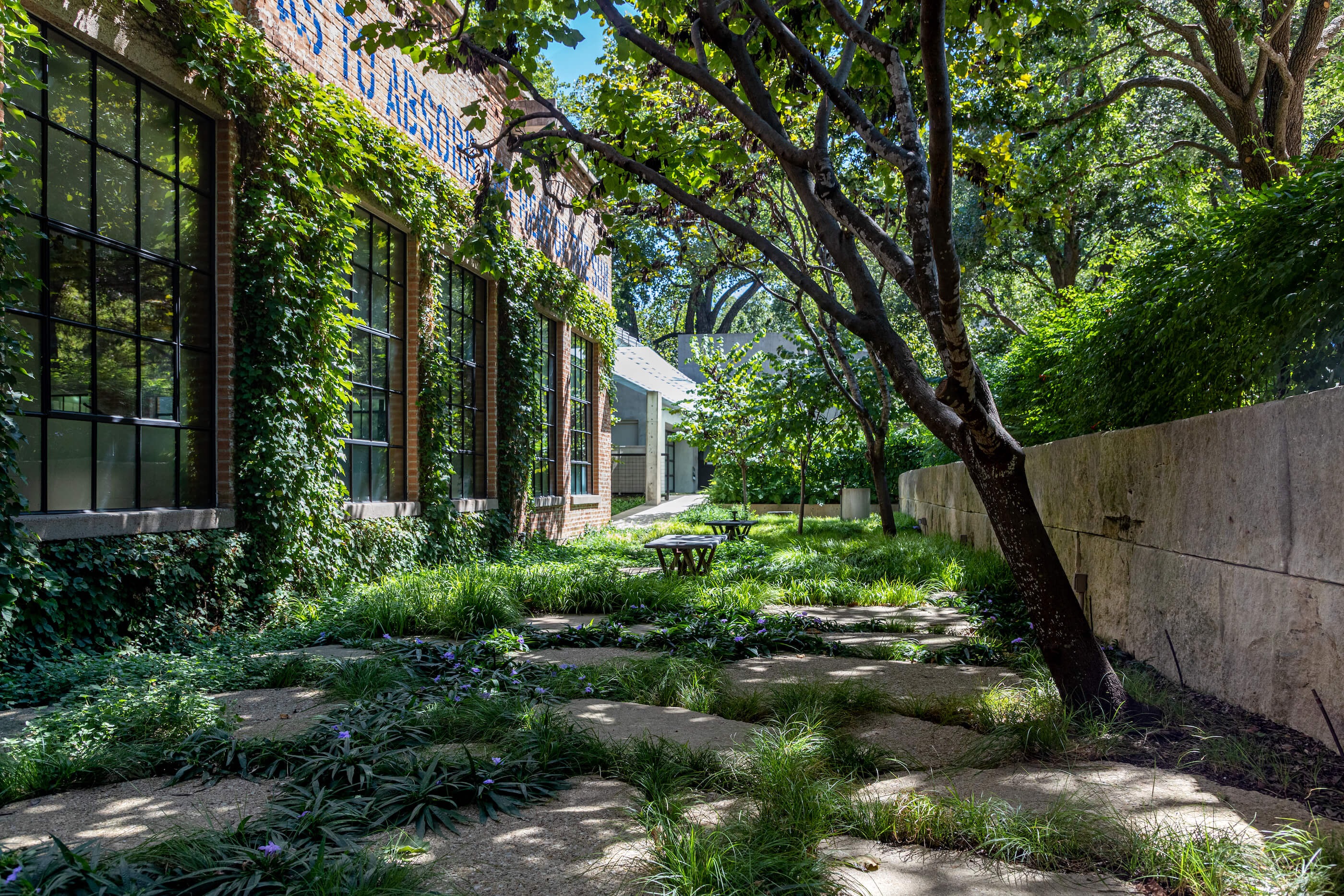
Like with these early studios, much of Bargmann’s later work has revolved around the transformation of post-industrial sites, ones that have jilted, maltreated, and, in the eyes of anyone other than Bargmann’s, are tarnished beyond any sort of repair. Throughout her career, Bargmann has seen the potential in these derelict and oft-befouled sites and sought to regenerate them, giving them new life in the public realm.
As she explained in a statement:
“Unearthing the raw ingredients of design from waste and wastelands defines my life’s work. Both the pedagogy of my teaching and my methodology as a designer address the social and ecological imperatives to reclaim degraded land. Integrating regenerative technologies with design propositions and built landscapes embodies my contribution to the discipline of landscape architecture.”
Major projects, usually executed in collaboration with larger multidisciplinary teams, include Vintondale Reclamation Park in Pennsylvania, a 2001 National Design Award-winning project that Bargmann has referred to as “the project that I feel launched D.I.R.T. and still defines its trajectory; ” Turtle Creek Pump House, a 2002 private commission in Dallas that entailed the wholesale recycling of an abandoned historic pump house into a deconstructed residential garden-slash-arts center; Urban Outfitters’ much-lauded 9-acre corporate campus at the redeveloped U.S. Navy Yard in Philadelphia (2005-2014), and, most recently, Core City Park in Detroit, a 2019 whole-site-reuse green space project executed in collaboration with Detroit-based developer Philip Kafka of Prince Concepts that the jury called a “nascent urban forest planted in artfully rearranged urban rubble.”
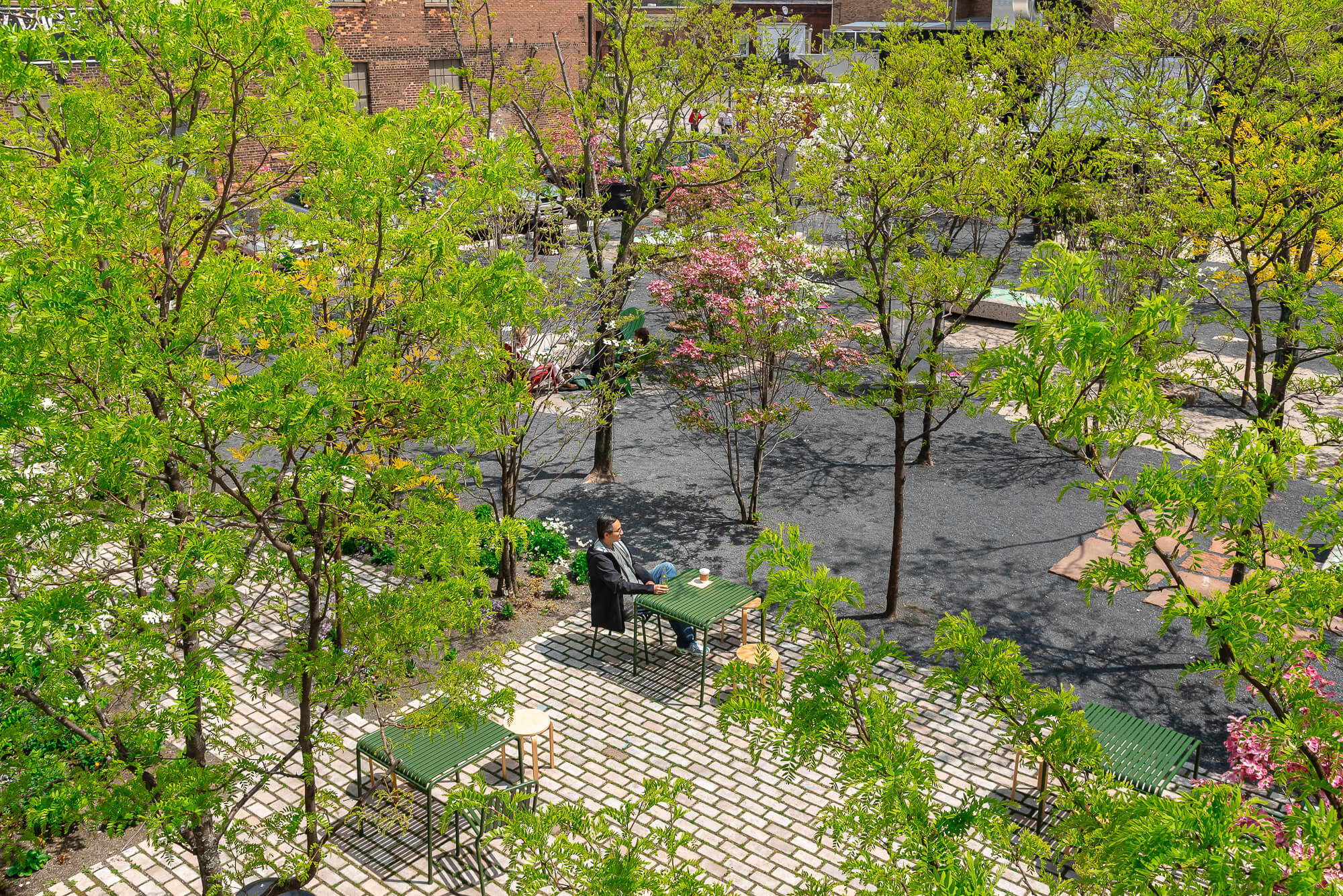
As noted in the jury citation, those last two projects—Urban Outfitters’ headquarters and Core City Park—embody Bargmann’s “commitment not only to environmental restoration, but also to more equitable access to urban landscapes.”
Just a sampling of other D.I.R.T. studio projects include:
MASS MoCA in North Adams, Massachusetts (1997), Dearborn’s Ford River Rouge Plant (2000), Chicago’s Stearns Quarry Park (2002), Holy Cross Community Housing in New Orleans (2006), Zilber Park at The Brewery in Milwaukee (2008), the Brooklyn Navy Yard Visitors Center (2010), and PS1200, aPrince Concepts project in Fort Worth scheduled for completion in 2022. (Bargmann is a regular collaborator of Prince Concepts, which was profiled by AN in an August 2021 Studio Visit.)
In addition to winning the inaugural Oberlander Prize, Bargmann will see her completed works added to TCLF’s What’s Out There database and she’ll be the subject of a forthcoming Pioneers of American Landscape Design video oral history. (The most recent Pioneers oral history documents the work of Southern California-based Pamela Burton).
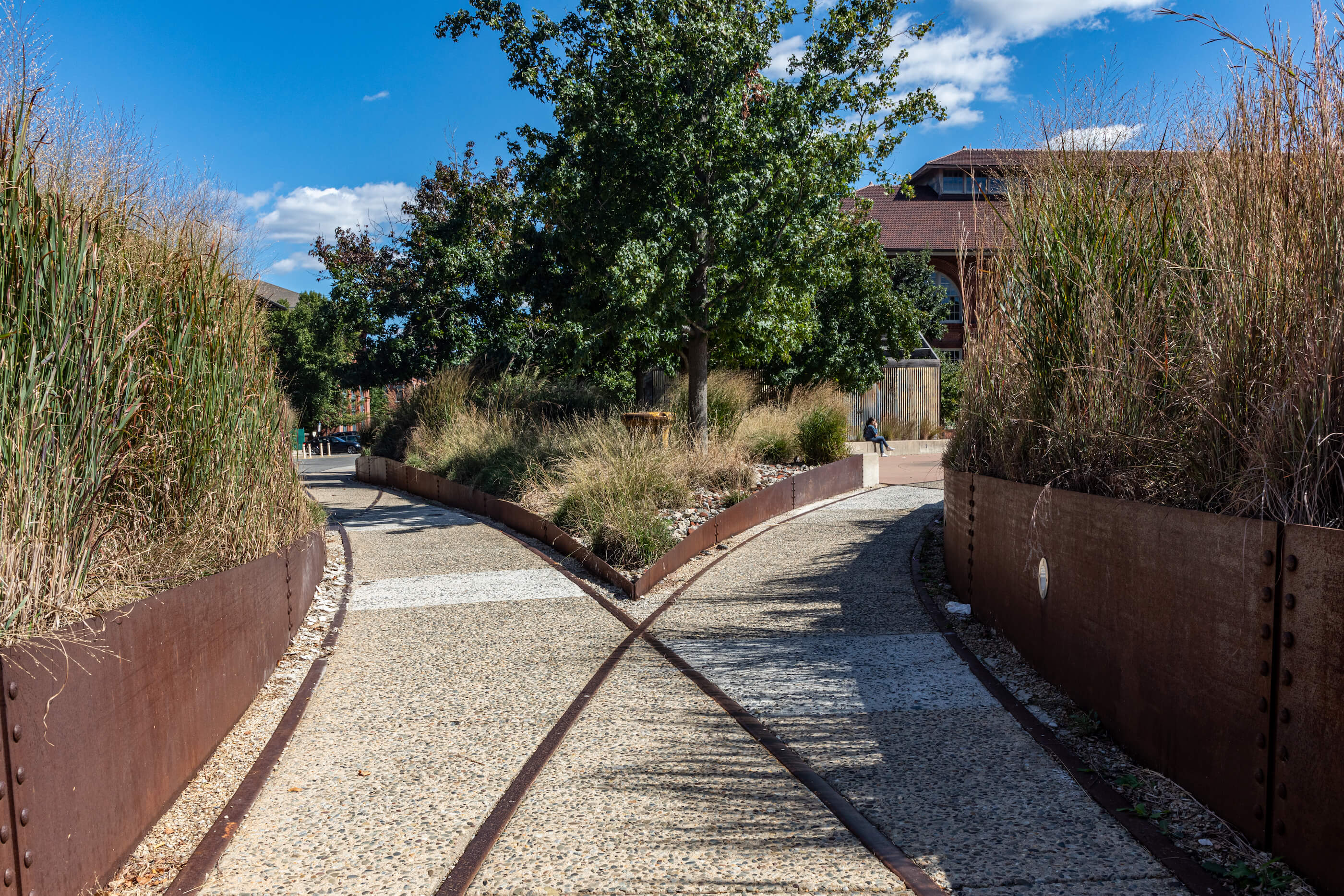
The announcement of the inaugural Oberlander Prize laureate comes one day ahead of the Oberlander Prize Forum, Courageous by Design, a single-day symposium focused on climate resiliency in New York City that will kick off tomorrow, October 15, at the High Line Stages in Manhattan. Field sessions at four different New York City landscapes will be held the following day.
“The Oberlander Prize in landscape architecture, which is now the most important prize in landscape architecture, is signaling where the discipline should be going and what kind of values the discipline should stand for,” said Maurice Cox, the City of Chicago Commissioner of the Department of Planning and Development and former design director at the National Endowment of the Arts. Cox, along with Beardsley and Meyer, are interviewed in a video that introducing Bargmann and her work.
“[Bargmann’s] advocacy for landscapes that are fallow, landscapes that are contaminated, digging literally in the soil of urban areas and finding beauty, has in and of itself shaped a public dialogue about lost and forgotten landscapes as places where solutions can be found, where landscapes can be regenerated,” added Cox.











